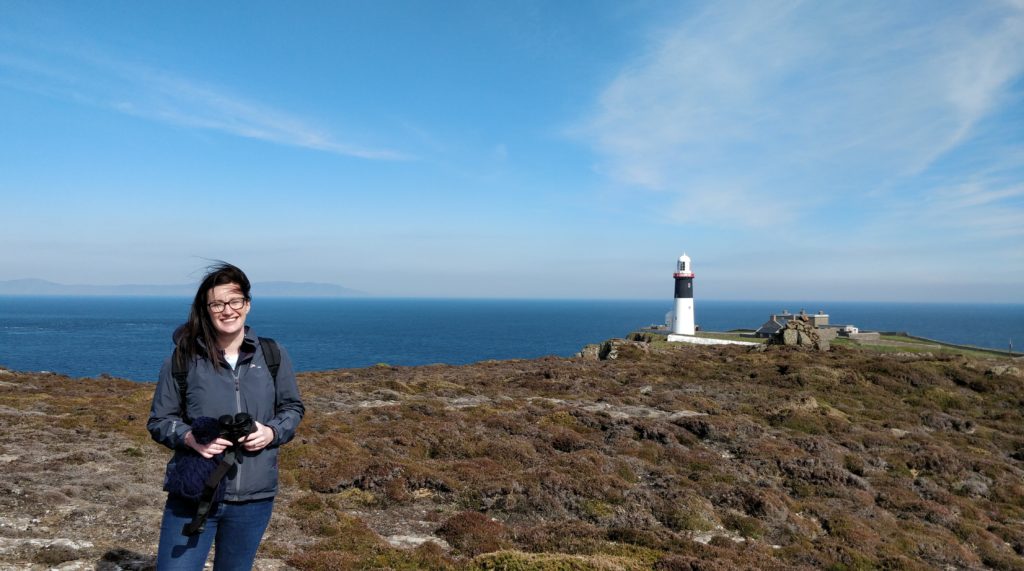
| Academic Year | 2021-2022 |
| cmcfarlane05@qub.ac.uk | |
| Institution | Queen's University, Belfast |
Biography
Pronouns: she/her
School: School of Biological Sciences
Project: The Irish Damselfly: Identifying population genetic structure and optimising habitat management for an iconic Irish species
Supervisors: Dr Sarah Helyar, Dr Lesley Lancaster & Dr Paul Caplat
Undergraduate Education: BSc in Zoology, University of Aberdeen
Postgraduate Education: MSc in Ecological Management and Conservation Biology, Queen’s University Belfast
Research: How the structure of a fragmented landscape influences the dynamics and persistence of a species is a fundamental question in conservation. Where individuals can disperse between fragments a metapopulation can result, and the subsequent patchy population structure and colonization–extinction processes can complicate decisions regarding conservation priorities. Key parameters are not only the effective population size (Ne) below which the population is not viable, but there will also be critical thresholds for landscape structure in addition to genetic factors caused by small populations sizes and restricted geneflow.
The Irish Damselfly (Coenagrion lunulatum) is found in low nutrient status wetlands, small lakes, fens and cutover bogs, and so naturally exhibits a patchy population structure. The species is IUCN listed as Vulnerable in Ireland, and is thought to be in decline, with eutrophication, habitat loss and climate change being the most significant threats. Although the number of viable colonies in Ireland is unknown, surveys suggest the populations function as a metapopulation (Dragonfly Ireland). In addition to the metapopulation structure within Ireland, the Irish Damselfly also has an interesting international distribution, found in Ireland and Northern Europe, but not throughout Britain.
My research will therefore have three main components:
- To determine the phylogenetic relationship of the Irish Damselfly to other populations across Europe.
- To investigate the species population genetics (connectivity, effective population size, levels of inbreeding etc.) within Ireland.
- To develop integrative models combining metapopulation dynamics and habitat suitability informed by genetic connectivity measures, with a goal of informing conservation actions.
Other:
CASE partners: Centre for Environmental Data and Recording (CEDaR), National Parks and Wildlife Service (NPWS), Biodiversity Ireland and RSPB.
Twitter | Facebook | Instagram





















































